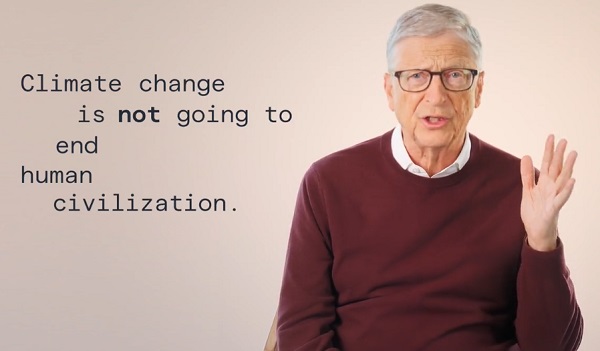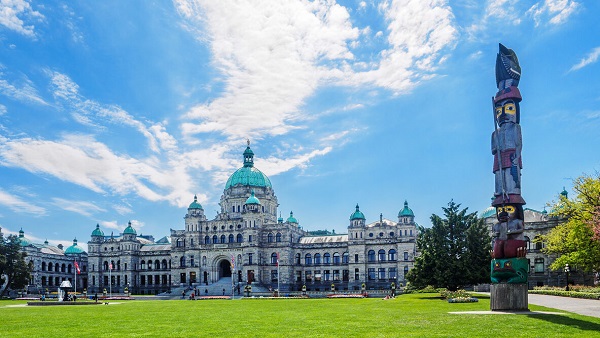Alberta
Premier Smith hammers Liberal government for ‘slightly’ reducing immigration
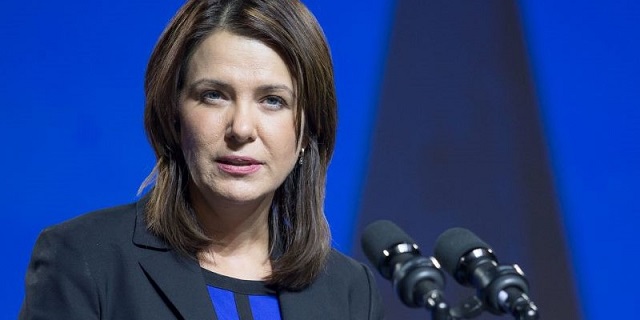
As so often happens these days the headlines from major news outlets all look like they were written by the same people. All the major news outlets repeated the government talking point that immigration would be reduced significantly. In his news release, Immigration Minister Marc Miller spoke of “controlled targets” and even “marginal” declines in Canada’s population. Minister Miller made it sound like the feds are pulling way back on the number of immigrants being allowed into the country.
A few hours later, Premier Danielle Smith explained how Alberta sees things. According to Premier Smith, immigrants will still be pouring into the country at near record levels. Smith says this new immigration plan will offer almost no relief whatsoever to provinces buckling under the pressure of so many newcomers.
Premier Smith is right. When you take out all the adjectives and the self back-patting, the 2025 – 2027 Immigration Levels Plan shows the number of new immigrants will still hover near record levels.
From the 2025–2027 Immigration Levels Plan.
The levels plan includes controlled targets for temporary residents, specifically international students and foreign workers, as well as for permanent residents.
We are:
- reducing from 500,000 permanent residents to 395,000 in 2025
- reducing from 500,000 permanent residents to 380,000 in 2026
- setting a target of 365,000 permanent residents in 2027
Quick facts:
- Canada’s population has grown in recent years, reaching 41 million in April 2024. Immigration accounted for almost 98% of this growth in 2023, 60% of which can be attributed to temporary residents.
- Francophone immigration will represent
- 8.5% in 2025
- 9.5% in 2026
- 10% in 2027
The Levels Plan also supports efforts to reduce temporary resident volumes to 5% of Canada’s population by the end of 2026. Canada’s temporary population will decrease over the next few years as significantly more temporary residents will transition to being permanent residents or leave Canada compared to new ones arriving. Specifically, compared to each previous year, we will see Canada’s temporary population decline by
- 445,901 in 2025
- 445,662 in 2026
- a modest increase of 17,439 in 2027
It’s interesting how the feds explain the situation with “temporary residents”. This group includes foreign students and temporary workers. Most Canadians would probably be shocked to know just how many people are “temporarily” here.
Minister Miller says this population will decline by 445,901 people in 2025. What he leaves out is that this still allows for just over 2,000,000 foreign students and temporary workers! (5% of 41,000,000 Canadians is 2,050,000)
It’s also very interesting that in the explanation for how the feds plan to cut the number of temporary residents down from about 2.6 million to just over 2 million, is by recognizing that many of the temporary residents will transition to being permanent residents. It’s not clear how that will reduce the number of people in the country. I guess we’ll have to see how that all turns out.
Meanwhile Alberta Premier Danelle Smith and Minister of Immigration and Multiculturalism Muhammad Yaseen issued this joint statement on today’s federal government immigration announcement:
“Alberta has a long history of welcoming newcomers, and we plan to maintain that reputation.
“However, the federal government’s reckless and irresponsible open-border immigration policies, permitting almost 2 million newcomers to enter Canada last year alone, have led to unsustainable financial pressures on all provinces.
“With the cost of food, energy, housing and everything else in this country increasing, and with tens of thousands of new people moving to Alberta monthly, our hospitals and schools are at or above capacity.
“As a province, we need a reprieve from this explosive population growth so we can catch up with these pressures. So do all provinces.
“The federal government’s plan to cut a mere 105,000 new permanent residents will not solve these pressures when they are bringing in almost 2 million additional people annually.
“We call on the government to cut the number of newcomers to Canada from almost 2 million to well under 500,000 annually until further notice.
“Ottawa’s priority should be on reducing the number of temporary foreign workers, international students and asylum seekers—not on reducing provincially selected economic migrants.”
Alberta
Alberta government’s plan will improve access to MRIs and CT scans

From the Fraser Institute
By Nadeem Esmail and Tegan Hill
The Smith government may soon allow Albertans to privately purchase diagnostic screening and testing services, prompting familiar cries from defenders of the status quo. But in reality, this change, which the government plans to propose in the legislature in the coming months, would simply give Albertans an option already available to patients in every other developed country with universal health care.
It’s important for Albertans and indeed all Canadians to understand the unique nature of our health-care system. In every one of the 30 other developed countries with universal health care, patients are free to seek care on their own terms with their own resources when the universal system is unwilling or unable to satisfy their needs. Whether to access care with shorter wait times and a more rapid return to full health, to access more personalized services or meet a personal health need, or to access new advances in medical technology. But not in Canada.
That prohibition has not served Albertans well. Despite being one of the highest-spending provinces in one of the most expensive universal health-care systems in the developed world, Albertans endure some of the longest wait times for health care and some of the worst availability of advanced diagnostic and medical technologies including MRI machines and CT scanners.
Introducing new medical technologies is a costly endeavour, which requires money and the actual equipment, but also the proficiency, knowledge and expertise to use it properly. By allowing Albertans to privately purchase diagnostic screening and testing services, the Smith government would encourage private providers to make these technologies available and develop the requisite knowledge.
Obviously, these new providers would improve access to these services for all Alberta patients—first for those willing to pay for them, and then for patients in the public system. In other words, adding providers to the health-care system expands the supply of these services, which will reduce wait times for everyone, not just those using private clinics. And relief can’t come soon enough. In Alberta, in 2024 the median wait time for a CT scan was 12 weeks and 24 weeks for an MRI.
Greater access and shorter wait times will also benefit Albertans concerned about their future health or preventative care. When these Albertans can quickly access a private provider, their appointments may lead to the early discovery of medical problems. Early detection can improve health outcomes and reduce the amount of public health-care resources these Albertans may ultimately use in the future. And that means more resources available for all other patients, to the benefit of all Albertans including those unable to access the private option.
Opponents of this approach argue that it’s a move towards two-tier health care, which will drain resources from the public system, or that this is “American-style” health care. But these arguments ignore that private alternatives benefit all patients in universal health-care systems in the rest of the developed world. For example, Switzerland, Germany, the Netherlands and Australia all have higher-performing universal systems that provide more timely care because of—not despite—the private options available to patients.
In reality, the Smith government’s plan to allow Albertans to privately purchase diagnostic screening and testing services is a small step in the right direction to reduce wait times and improve health-care access in the province. In fact, the proposal doesn’t go far enough—the government should allow Albertans to purchase physician appointments and surgeries privately, too. Hopefully the Smith government continues to reform the province’s health-care system, despite ill-informed objections, with all patients in mind.
Alberta
Canada’s heavy oil finds new fans as global demand rises

From the Canadian Energy Centre
By Will Gibson
“The refining industry wants heavy oil. We are actually in a shortage of heavy oil globally right now, and you can see that in the prices”
Once priced at a steep discount to its lighter, sweeter counterparts, Canadian oil has earned growing admiration—and market share—among new customers in Asia.
Canada’s oil exports are primarily “heavy” oil from the Alberta oil sands, compared to oil from more conventional “light” plays like the Permian Basin in the U.S.
One way to think of it is that heavy oil is thick and does not flow easily, while light oil is thin and flows freely, like fudge compared to apple juice.
“The refining industry wants heavy oil. We are actually in a shortage of heavy oil globally right now, and you can see that in the prices,” said Susan Bell, senior vice-president of downstream research with Rystad Energy.
A narrowing price gap
Alberta’s heavy oil producers generally receive a lower price than light oil producers, partly a result of different crude quality but mainly because of the cost of transportation, according to S&P Global.
The “differential” between Western Canadian Select (WCS) and West Texas Intermediate (WTI) blew out to nearly US$50 per barrel in 2018 because of pipeline bottlenecks, forcing Alberta to step in and cut production.
So far this year, the differential has narrowed to as little as US$10 per barrel, averaging around US$12, according to GLJ Petroleum Consultants.
“The differential between WCS and WTI is the narrowest I’ve seen in three decades working in the industry,” Bell said.
Trans Mountain Expansion opens the door to Asia

Oil tanker docked at the Westridge Marine Terminal in Burnaby, B.C. Photo courtesy Trans Mountain Corporation
The price boost is thanks to the Trans Mountain expansion, which opened a new gateway to Asia in May 2024 by nearly tripling the pipeline’s capacity.
This helps fill the supply void left by other major regions that export heavy oil – Venezuela and Mexico – where production is declining or unsteady.
Canadian oil exports outside the United States reached a record 525,000 barrels per day in July 2025, the latest month of data available from the Canada Energy Regulator.
China leads Asian buyers since the expansion went into service, along with Japan, Brunei and Singapore, Bloomberg reports. 
Asian refineries see opportunity in heavy oil
“What we are seeing now is a lot of refineries in the Asian market have been exposed long enough to WCS and now are comfortable with taking on regular shipments,” Bell said.
Kevin Birn, chief analyst for Canadian oil markets at S&P Global, said rising demand for heavier crude in Asia comes from refineries expanding capacity to process it and capture more value from lower-cost feedstocks.
“They’ve invested in capital improvements on the front end to convert heavier oils into more valuable refined products,” said Birn, who also heads S&P’s Center of Emissions Excellence.
Refiners in the U.S. Gulf Coast and Midwest made similar investments over the past 40 years to capitalize on supply from Latin America and the oil sands, he said.
While oil sands output has grown, supplies from Latin America have declined.
Mexico’s state oil company, Pemex, reports it produced roughly 1.6 million barrels per day in the second quarter of 2025, a steep drop from 2.3 million in 2015 and 2.6 million in 2010.
Meanwhile, Venezuela’s oil production, which was nearly 2.9 million barrels per day in 2010, was just 965,000 barrels per day this September, according to OPEC.
The case for more Canadian pipelines

Worker at an oil sands SAGD processing facility in northern Alberta. Photo courtesy Strathcona Resources
“The growth in heavy demand, and decline of other sources of heavy supply has contributed to a tighter market for heavy oil and narrower spreads,” Birn said.
Even the International Energy Agency, known for its bearish projections of future oil demand, sees rising global use of extra-heavy oil through 2050.
The chief impediments to Canada building new pipelines to meet the demand are political rather than market-based, said both Bell and Birn.
“There is absolutely a business case for a second pipeline to tidewater,” Bell said.
“The challenge is other hurdles limiting the growth in the industry, including legislation such as the tanker ban or the oil and gas emissions cap.”
A strategic choice for Canada
Because Alberta’s oil sands will continue a steady, reliable and low-cost supply of heavy oil into the future, Birn said policymakers and Canadians have options.
“Canada needs to ask itself whether to continue to expand pipeline capacity south to the United States or to access global markets itself, which would bring more competition for its products.”
-
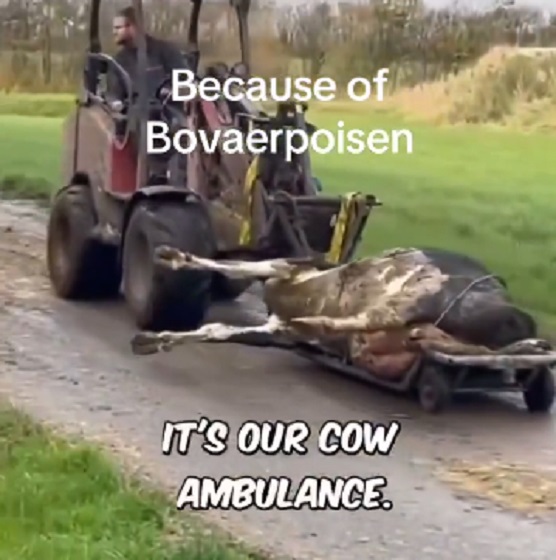
 Agriculture2 days ago
Agriculture2 days agoDanish Cows Collapsing Under Mandatory Methane-Reducing Additive
-

 Daily Caller22 hours ago
Daily Caller22 hours agoUS Eating Canada’s Lunch While Liberals Stall – Trump Admin Announces Record-Shattering Energy Report
-

 Censorship Industrial Complex1 day ago
Censorship Industrial Complex1 day agoHow the UK and Canada Are Leading the West’s Descent into Digital Authoritarianism
-

 Energy22 hours ago
Energy22 hours agoEby should put up, shut up, or pay up
-
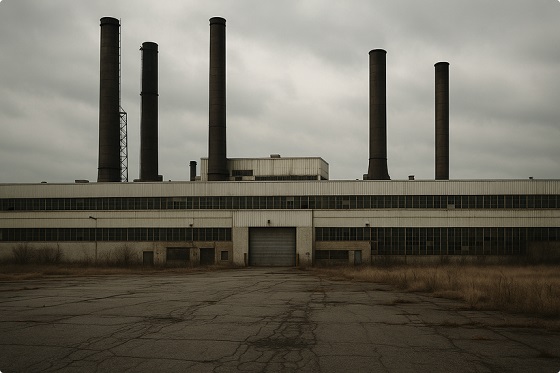
 Business1 day ago
Business1 day agoCapital Flight Signals No Confidence In Carney’s Agenda
-

 Business9 hours ago
Business9 hours agoU.S. Supreme Court frosty on Trump’s tariff power as world watches
-

 International1 day ago
International1 day agoThe capital of capitalism elects a socialist mayor
-

 Business2 days ago
Business2 days agoFederal budget: Carney government posts largest deficit in Canadian history outside pandemic



